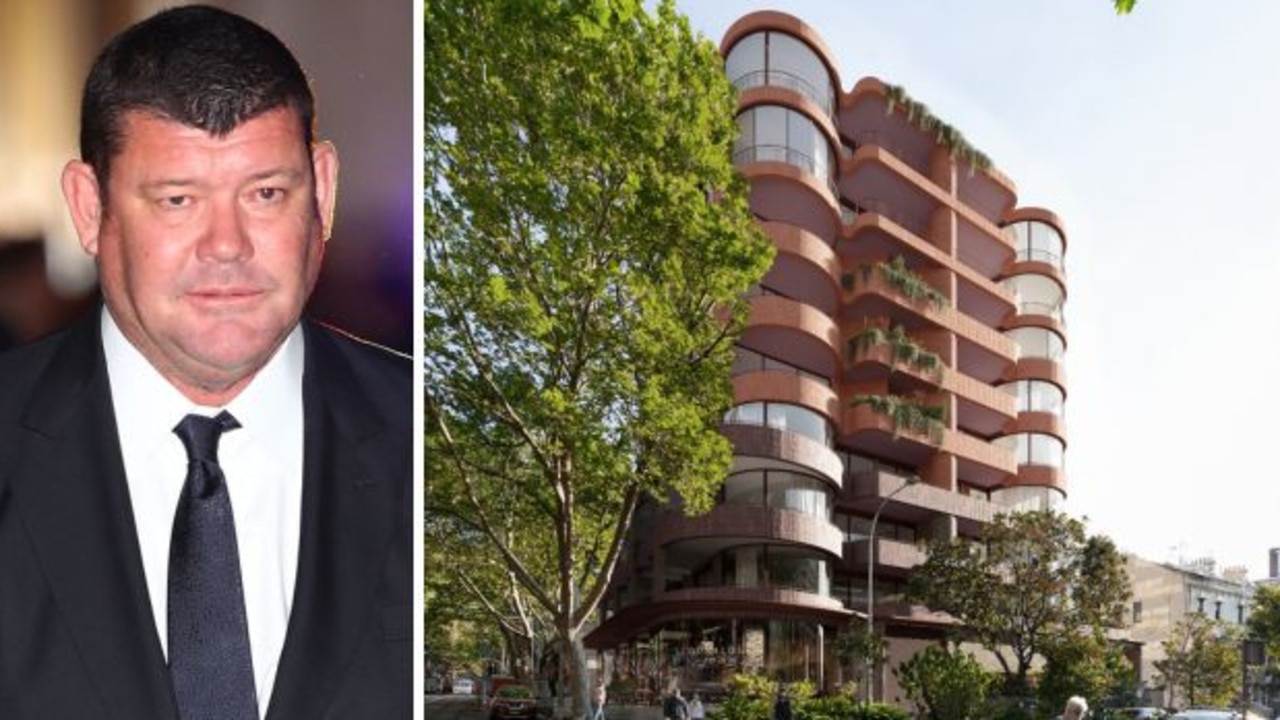Australia’s economy needs an exodus, as migrants put strain on housing
A former Immigration Department deputy secretary has cast doubt on the migration forecasts which show an exodus of n overseas residents, casting doubt on any solution to the housing crisis.
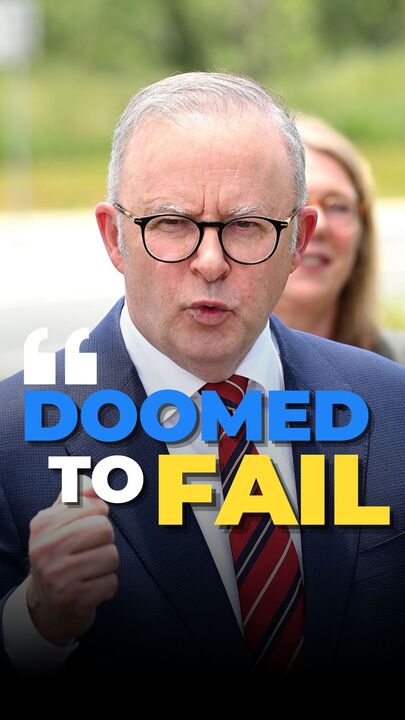
NSW
Don't miss out on the headlines from NSW. Followed categories will be added to My News.
There are fresh fears that the Albanese government will miss its targets to bring down migration in a bid to ease the housing crisis, with a senior former official warning that migration forecasts are based on “heroic” assumptions.
Speaking exclusively to The Daily Telegraph, former Immigration Department Deputy Secretary Abul Rizvi suggested Treasury boffins have over-estimated how many student visa holders will leave the country over coming years, something that could keep net migration rates at record highs.
It comes after annual figures revealed that migration added 446,000 to Australia’s population last financial year, 50,000 more than forecast in the May budget.
The Telegraph can also reveal that more student visas were granted in November last year than in the same month a year before.
Under Prime Minister Anthony Albanese, migration has added almost 1 million people to Australia’s population – which economists and the Opposition say has put extra strain on the housing crisis.
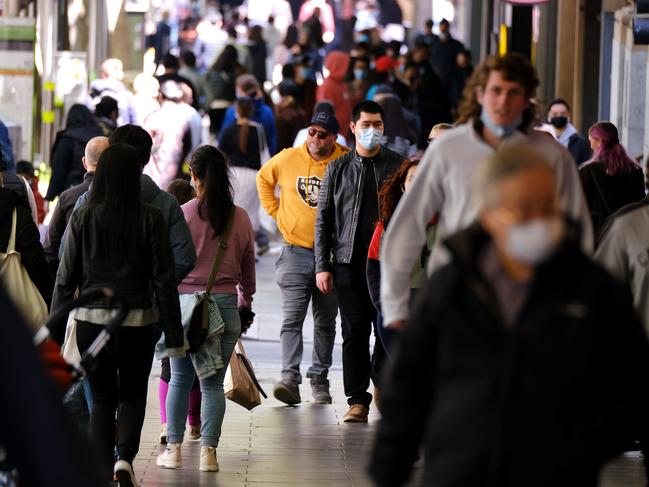
While net migration is forecast to decline in coming years, those figures are based on record amounts of people leaving Australia.
Mr Rizvi told the Telegraph that the forecasts assume an exodus of temporary visa holders that eclipses that seen at the start of the Covid pandemic.
The mid-year budget update forecasts that net overseas migration will fall to 255,000 people by 2025-26 – from this year’s forecast of 340,000 people.
In that year, Treasury’s Centre for Population expects 605,000 people to arrive in Australia, and almost 348,000 to leave – including 212,600 temporary visa holders.
That’s compared to 314,000 departures in 2019-20, when temporary residents were told to go home at the start of Covid.
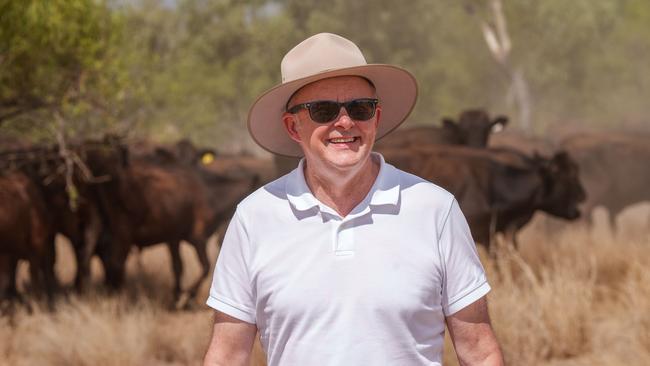
In 2020-21, 234,600 people left the country. In 2021-22, 224,000 people departed, and in 2022-23 204,000 emigrated. Last year, 221,000 people left.
Mr Rizvi said the forecasts were “very optimistic,” because it is “very, very difficult” to force temporary residents to go home.
“It has to also be said, the government is trying to force them out, it’s just that is a hard job and takes a very long time.”
“It’s certainly the fact that net migration is falling, but is it falling as fast as Treasury has forecast? I am doubtful of that.”
Releasing the economic update, Treasurer Jim Chalmers blamed the slow reduction in migration rates on people staying longer than expected.
“People are hanging around for longer and that’s meant that the number is coming down more slowly,” he said last month.
The ongoing failure of state and federal governments to meet ambitious housing targets has highlighted the impact of migration-led population growth on living standards, including the ability of NSW residents to find a home.
Economist Chris Richardson said that while migrants bring a “very clear” benefit to national economies, state and federal governments are “increasingly struggling to handle the costs” of population growth.
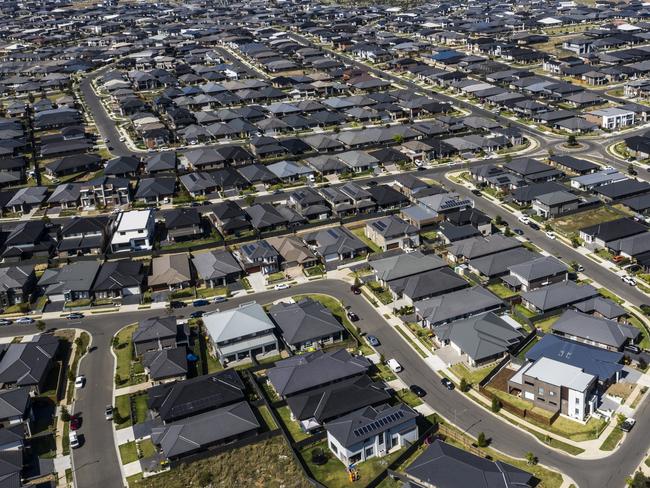
“Migration is a more complicated economic issue than it used to be because of the extent to which we screwed up on housing,” Mr Richardson said.
“The longer term solution is: ‘Get housing right, you idiots,’ in which case lots of the problems go away.”
While migration-led population growth is sustaining the economy and keeping Australia out of recession, household living standards have plummeted.
On a per-person basis, the economy has shrunk for seven consecutive quarters, and household disposable income per-capita has fallen by around eight per cent since the Albanese government was elected.
That has amounted to an “unprecedented decline in our living standards,”
Macrobusiness chief economist Leith van Onselen said.

Recent migrants Rusha Paenga and her partner Bastian Wienhold finally made the switch from Auckland to their “dream country” Australia in March of 2024, 10 years after initially planning a move to Sydney.
But the cost of living and rising demand forced the couple to rent a friend’s room in Mosman until they found a home at the end of last year.
Ms Paenga, 29, said it was far harder to find a rental in Sydney than in New Zealand’s largest city.
“I probably went to about three inspections in the heart of the CBD in Auckland, I applied for one place and got it and were able to move pretty quickly.
“Here, I went to 25 inspections, I applied for five and was accepted by two,” the now North Sydney resident said.
Opposition Immigration spokesman accused Mr Albanese of “mismanagement” in running a “Big Australia” policy during twin cost of living and housing crises.



